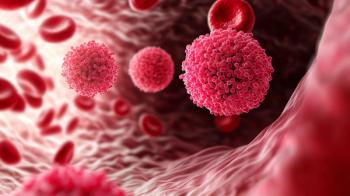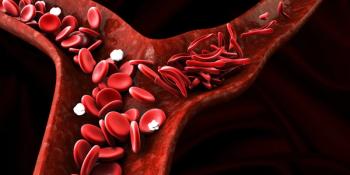
A 20-Gene Panel Predicts Breast Cancer Response to Taxanes
One major challenge in breast cancer is determining which treatment will be most effective for an individual patient's tumor. With a genetic panel, the TAXSig system may help change that.
One major challenge in breast cancer is determining which treatment will be most effective for an individual patient’s tumor. With a genetic panel, the TAXSig system may help change that.
Chemoresistance is an important factor in cancer treatment. Cancers treated with standard therapies ultimately eventually develop mechanisms of protection from the toxic effects of chemotherapy, which minimizes the likelihood that the treatment will be effective.1
According to researchers He et al, in a study published September 11, 2014 in the journal Molecular Biosystems, a 20-gene signature may help predict how well patients with breast cancer respond to taxane-based chemotherapy.1
Learning more about this chemoresistance before treatment begins may help physicians make decisions about how to treat cancers—increasing the likelihood of a favorable response.1
Investigators studied the gene expression profiles of tissues from 92 patients with tumors that developed resistance to taxanes. These genetic profiles were then compared with the genetic profiles of tumors from 68 patients who experienced a favorable response to taxane therapy. Upon computer analysis of the data, investigators found that 20 genes primarily control the quality of tumor response to taxane therapy.1
This genetic signature, which is known as the TAXSig and is determined by a specialized equation, was then validated in 5 further studies.1
In these 5 studies, the TAXSig system was proven effective in predicting taxane response in a total of 659 patients. The studies also showed that the TAXSig system is effective in determining the likely response to therapy in patients with and without estrogen receptors on tumors. The system was most reliable in predicting taxane sensitivity among patients who had a good initial prognosis and whose tumors lacked the estrogen receptor.1
Investigators have been researching methods of identifying and overcoming tumor resistance in breast cancer since the advent of genomic sequencing. All cancers are different—and yet, to date, each type of cancer is generally treated as a single, monolithic entity. Personalized medicine has been discussed as the future of health care for many years, but actual implementation of personalized medicinal strategies has been gradual.2
The American Joint Committee on Cancer recognizes the importance of prognostic factors, which have traditionally been limited to scoring systems evaluating lymph node involvement, tumor size, histologic characteristics, and presence or absence of hormone receptors. A 20-gene panel may represent a major improvement on this system.2
References:
- He DX, Xia YD, Gu XT, Jin J, Ma X. A 20-gene signature in predicting the chemoresistance of breast cancer to taxane-based chemotherapy. Mol Biosyst. 2014.
- Gonzalez-Angulo AM, Morales-Vasquez F, Hortobagyi GN. Overview of resistance to systemic therapy in patients with breast cancer. Adv Exp Med Biol. 2007;608:1-22.
Newsletter
Stay informed on drug updates, treatment guidelines, and pharmacy practice trends—subscribe to Pharmacy Times for weekly clinical insights.



















































































































































































































